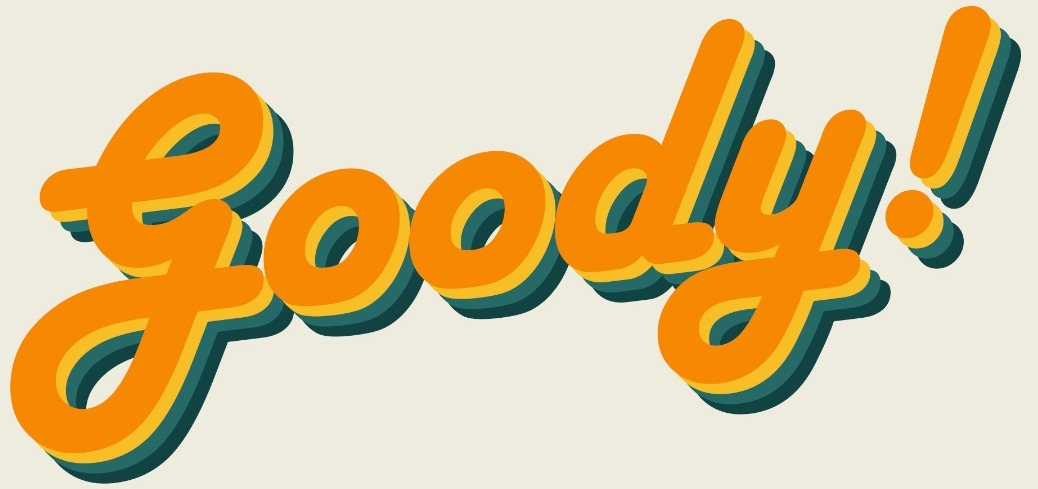
INTRO - What is a bullet journal?
The Bullet Journal (BuJo for short) was created by Ryder Carroll, a digital product designer and author living in Brooklyn, NY. It is a methodology best described as a "mindfulness practice disguised as a productivity system".
The goal of the Bullet Journal is to help its practitioners, commonly known as "Bullet Journalists", to "live intentional lives, ones that are both productive and meaningful".
You can start a bullet journal anytime and anywhere you want. All you need is a simple notebook and a pen to get started.

PART 1 - The language of the BuJo
Rapid logging is the language used to write in a bullet journal. It is a journaling technique that helps people save time when journaling.
Instead of writing in long sentences of tasks and events that need to be done, rapid logging replaces all those by making lists with bullets and symbols that visually represent tasks, notes, events and so on.
Thus, it makes the bullet journaling a simple and efficient type of journaling method.

PART 2 - The Key
Now let's dig a little deeper about the rapid logging technique. In the Bullet Journal system, tasks are represented by a simple dot, while notes are represented by a dash and events are represented by a small "O".
For beginners, it is advised to follow according to the system before you make any changes as you are still getting the hang of it. After getting used to it, you may switch up the symbols to what works best for you.
All these symbols can be compiled into a list known as the "Key".
It is optional to create a key page. But it is advisable to write it down before you start bullet journaling. This can help you see clearly what you are creating for yourself.
Some commonly used symbols (other than tasks, events, and notes) are a star for important or an exclamation mark for a new idea.

PART 3 - Tasks, Events & Notes
As you start filling in your bullet journal with to-dos, lists and so on, there will be times when your tasks will not be fulfilled on a particular day, or an event is postponed or canceled. This is where the bullet journal system comes in handy.
The bullet journal is very flexible. Anything that you write down in your BuJo can be adjustable to your needs and preferences.
Tasks and events can be moved or migrated to other dates or pages. You can do this by drawing a simple forward or backward arrow to indicate that the task or event has been moved to somewhere else.
When an event is canceled or you wish to not do a certain task after writing it down, you can choose to cross it out from your list, by drawing a horizontal line across the task or event.

PART 4 - Just Have Fun!
The bullet journal method can be quite overwhelming when you are just starting. Don't compare yourself with those you see on Instagram or Pinterest.
Remember that you are having a bullet journal for you to keep yourself organized. It doesn't have to be too artistic or pretty or flawless.
In a nutshell, just let your ideas expand and let your creativity bring out the best in you.





